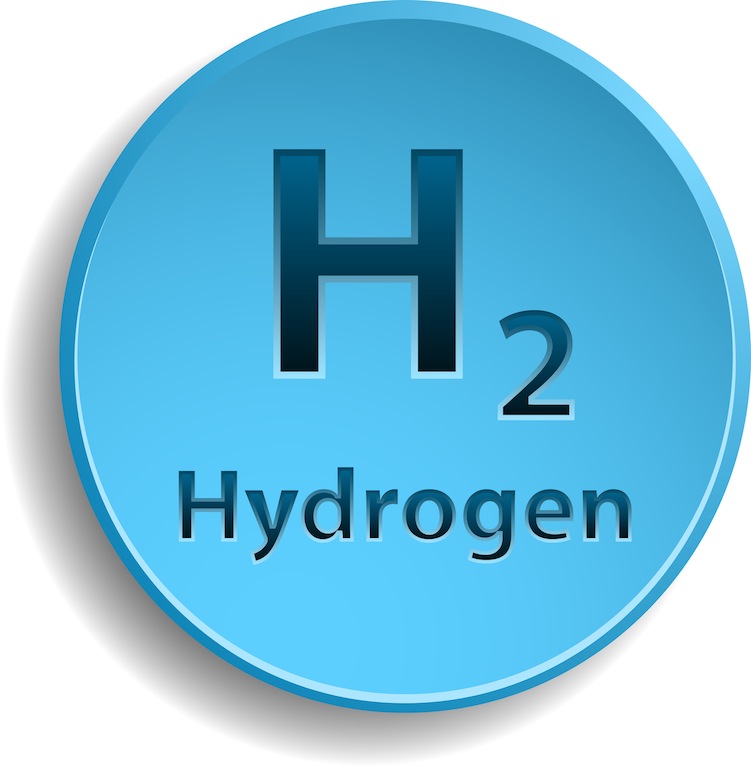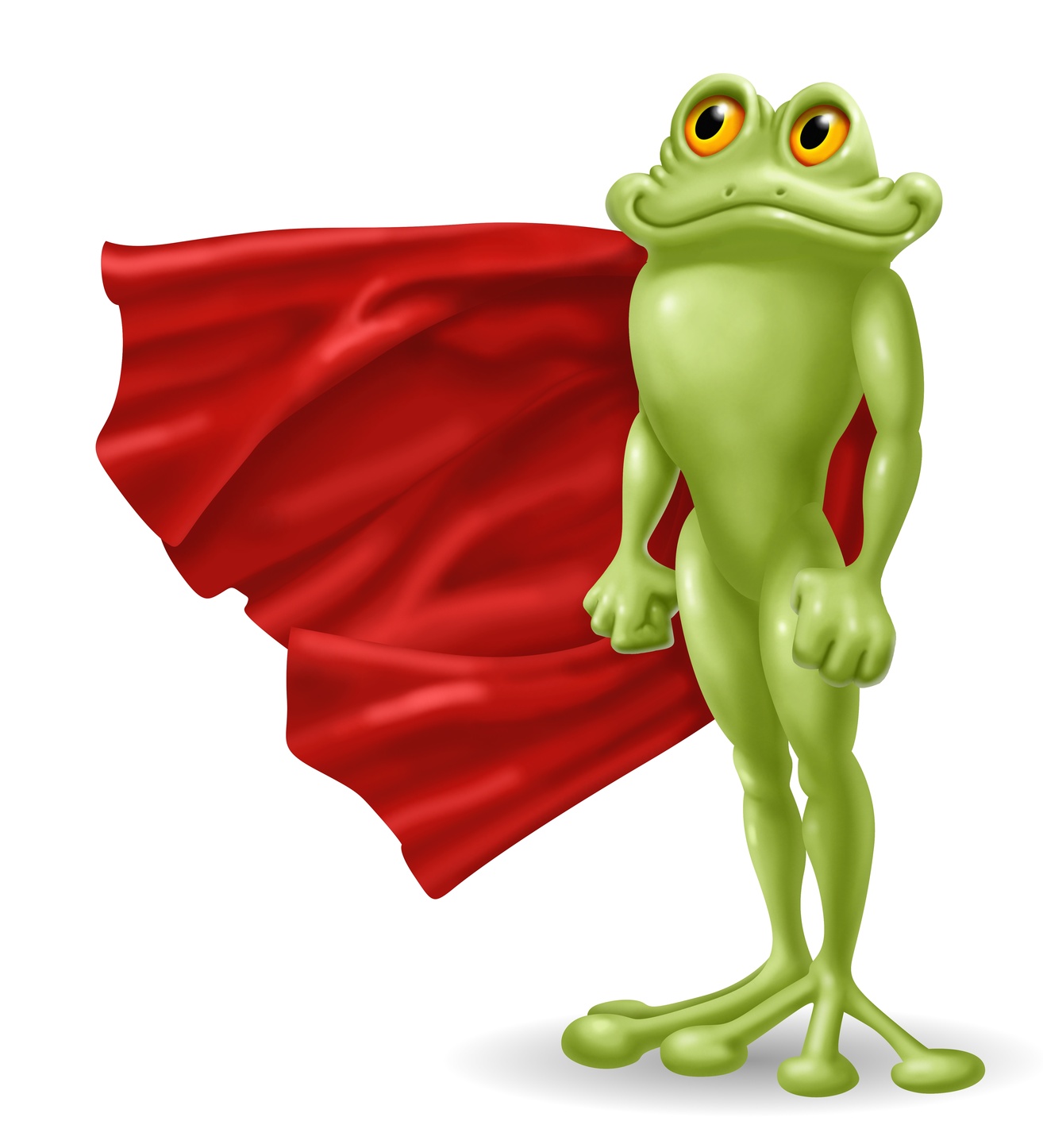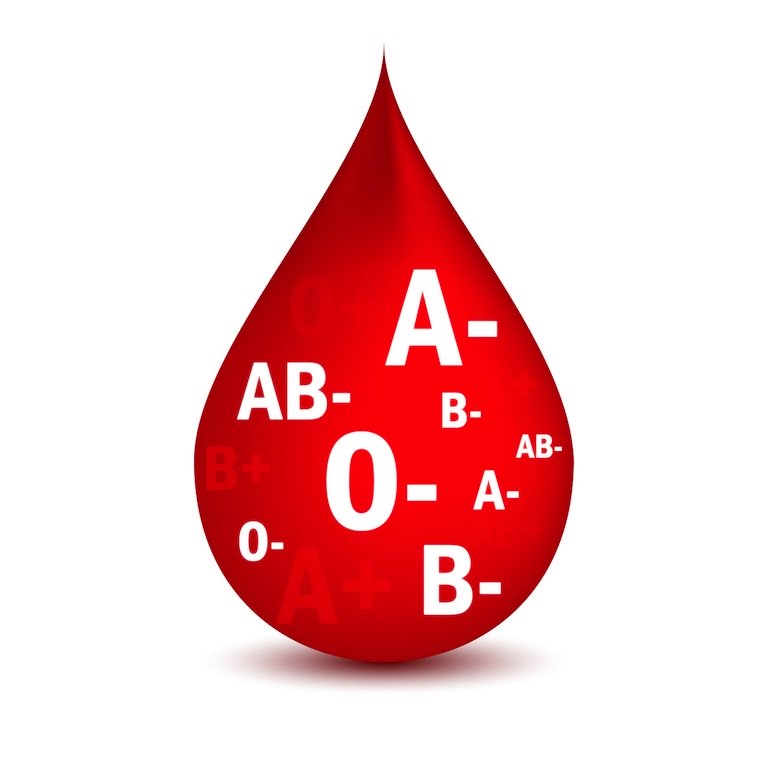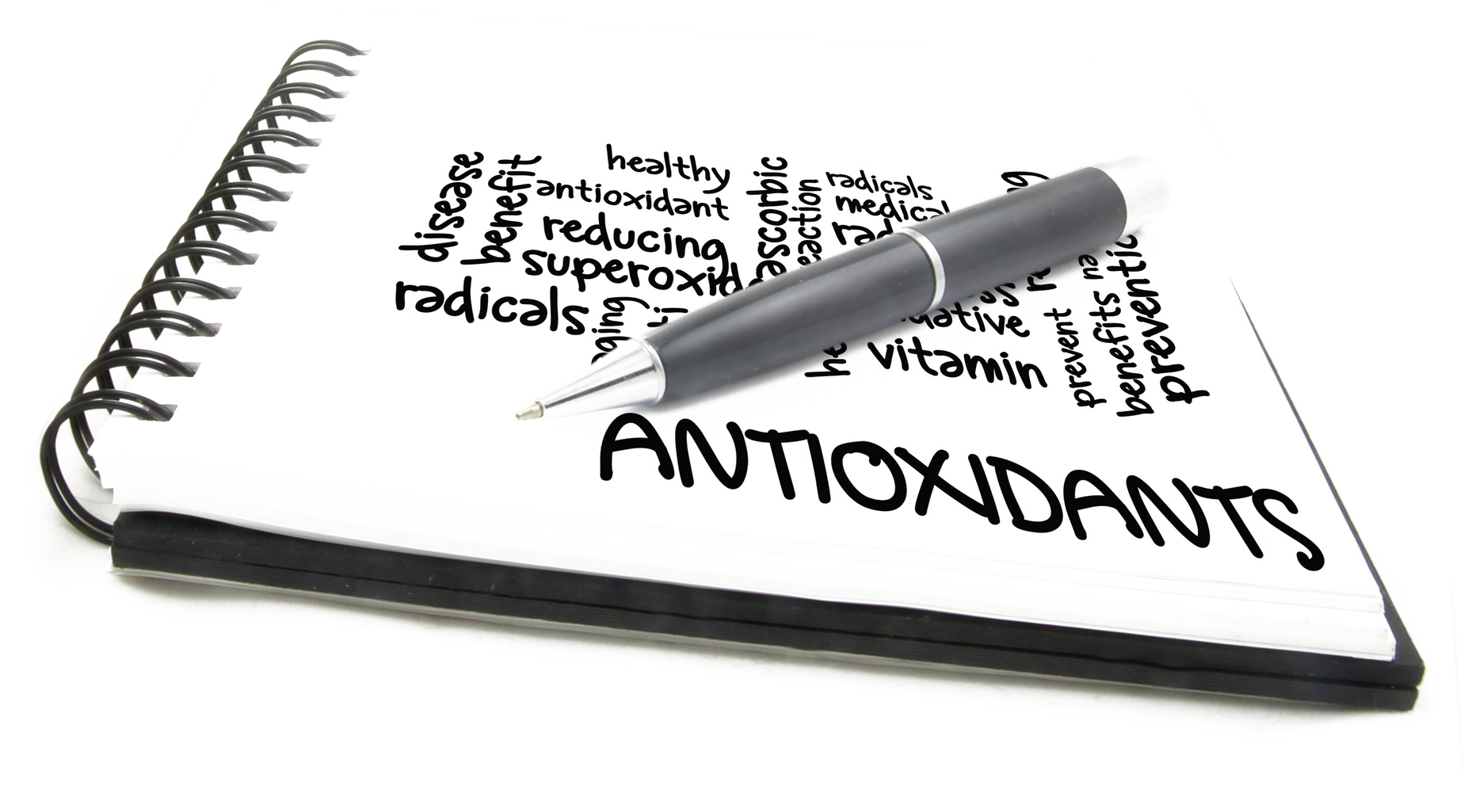Types of Antioxidants, For Good Health, Naturally
While antioxidants can’t be categorized as a group, to be Vitamins nor Minerals nor Enzymes nor Proteins, antioxidants themselves can be sorted into :
- Antioxidants Vitamins
- Antioxidants Minerals
- Antioxidants
Protein (Amino Acids), such as:
o Thiol Antioxidants (“thiol” = organic sulphur)
- Antioxidants Enzymes (including Antioxidants Coenzymes)
- Antioxidants
Phytonutrients/Phytochemicals, such as:
o Ellagic acid
o Glucosinolates
o Phyoestrogens
- Antioxidant Hormones
- Antioxidants Other (that can't be included above) – including Water
The above sorting are really for ease of referencing and understanding which Nutrient Family they belong to.
The more appropriate classification for Antioxidant is, whether they are:
- Water-soluble
- Fat-soluble
- Both water-soluble and fat-soluble
This determines where the different antioxidants can be utilized by the cells:
- within the cells or,
- by the cell membranes or,
- the cells' surrounding (such as, blood lipids).
Water-soluble antioxidants work their magic on the the blood plasma surrounding the cells.
Whereas, Fat-soluble
ones work their magic on the cell membrane, which is made of mainly fats and
lipids, and on the surrounding lipids.
Those that are both Water- and Fat-soluble, are required to work their magic on the cells - on the cell membranes, mainly fats and lipids, and on the inside of the cells, as the cells contain water. Being Water-soluble alone will not be able to penetrate the cell membranes, so we need ones that are both Water and Fat-soluble! - using their fat-soluble characteristic they can move into the cells, and then unleash their water-soluble character! Voila!
Trust Nature to think of everything - and cover all angles!
Antioxidants

Not all Vitamins are Antioxidants and not all Antioxidants are Vitamins, and only those Vitamins that display antioxidants characteristics are considered Antioxidants Vitamins.
Examples of these :
Antioxidants Minerals
Similarly, not all Minerals are Antioxidants and not all Antioxidants are Minerals, and only those Minerals that display antioxidants characteristics are considered Antioxidants Minerals.
Examples of these :
- Copper
- Manganese
- Iodide
- Zinc
Antioxidants Proteins (Amino Acid)
Again, not all Proteins are Antioxidants and not all Antioxidants are Proteins, and only those Proteins that display antioxidants characteristics are considered Antioxidants Proteins.
Examples of these are :
Antioxidants Enzymes and CoEnzymes
The same can be said about Enzymes and Coenzymes, that only those that display antioxidants characteristics are considered Antioxidants Enzymes and Antioxidants Coenzymes.
Examples of these are :
- DHEA
- Coenzyme Q10 (Coenzyme)
- Melatonin
- Superoxide Dismutase
- Catalase
- Glutathione Peroxidase
Antioxidants Phytonutrients/Phytochemicals
However, most Phytonutrients/Phytochemicals exhibit characteristics of antioxidants.
Phytochemicals are naturally occurring chemicals in plants that gives them their colors, smells, etc. These naturally occurring chemicals act as protective chemicals to the plants/their cells – protecting them from insects and the environment.
As protective chemicals, they are known as Phytonutrients. Hence, these 2 terms refer to the same element.
When we consume the Phytonutrients, we ingest the same protective chemicals in our body and get the same beneficial protection for our cells.
Phytonutrients are not considered essential nutrients. However, they have disease fighting abilities, due to their antioxidants qualities.
Examples of Phytonutrients/Phytochemicals, which exhibits characteristics of antioxidants, are :
o Lutein
o Lycopene
- Ellagic acid
- Flavonoids (a type of Polyphenol)
- Resveratrol
- Glucosinolates
- Phytoestrogens
Antioxidants - Hormones
Some hormones exhibit antioxidants properties - they neutralize the effects of free raidcals.
Melatonin is one of type of hormones that has antioxidant properties.
Antioxidants - Other

While I attempt to sort into some form of groupings, for easy understanding and referencing, some antioxidants don’t fall into the above groupings.
One of the examples is:
- Hydrogen
– mainly for its ability to merge with Free Radicals and thereby, arresting the
oxidation process.
Classifications by How They Work
Antioxidants can also be defined or classified by how they work.
1) Some work by preventing the oxidative process before it can begin (Preventative)
- Such
as, the antioxidant enzymes (produced by the body) or hydrogen from hydrogen
enriched water.
2) Some (or most) work through neutralizing the free radicals by donating their electron to the free radical, and in the process becomes a free radical but of a lesser potent nature. And then this created free radical is then "saved" by another antioxidant, and the process continues until the "diluted" free radical is no longer a treat to our cells - (Chain Breaking)
And still there are some work by way of inducing others to produce antioxidants.
While the preventative and chain breaking workings antioxidants work directly on the free radicals, they are called Direct Antioxidants, there are some that induces or produces other antioxidants to carry out the work. These are called Indirect Antioxidants, and example of these are melatonin and curcumin.
Network Antioxidants

And in amongst these antioxidants above, there is a “specialized” group known as the “Network Antioxidants”.
They are like a subset of the above but specialized in a sense that they “support” each other more than the others, and work very well with each other. I call them the “SWAT” team of the antioxidants or the “Avengers” of the antioxidants.
There are currently 5 known antioxidants in this SWAT team or Avenger Antioxidants. They come from different types of antioxidants (they are not listed in any particular order).


Introducing the Gang of 5:
1. Lipoic Acid - a type of Thiol (Protein) Antioxidants
2. Vitamin E – a type of Vitamin
3. Vitamin C – a type of Vitamin
4. Coenzyme Q10 (commonly known as “Co Q10” – or “C” “O” “Q” “10”) – a type of Coenzymes
5. Glutathione - a type of Thiol (Protein) Antioxidants
Network Boosters
 Boosters
Boosters Super Hero
Super HeroAnd then there is another group which supports the process.
They may or may not be antioxidants themselves, but boy, their support counts.
I call these the “Robins” (of Batman and Robin), the “Dr.Watsons” (of Sherlock Holmes and Dr. Watson) and the “Tontos” (of Lone Ranger and Tonto) of the Antioxidant World. Without these sidekicks, I believe these heroes would be a less effective. They will still get the bad guys but probably take longer – and more importantly, who will save them when they get into bad company? Yes, their sidekicks, usually …
These quiet achievers are crucial to the complete health strategies of the antioxidant world (you bet !) :
Universal Antioxidant

Like our Blood Types, we have the Universal Donor, Blood Type O, and the Universal Recipient which is Blood Type AB.
 Universal
UniversalIn the Antioxidant World, there is currently only ONE known Universal Antioxidant, which is Alpha Lipoic Acid.
Other Names : Lipoic Acid, Thioctic Acid
Its following characteristics won it its title of “Universal Antioxidant” :
- Its ability to work in both fat and water soluble parts of the cells (main reason)
- Its ability to recycle all of the antioxidants in Network Antioxidants gang, including itself !
Talk about Superhero ... here is one! And it's its own sidekick!
And the Master Antioxidant
Gluthatione antioxidant, is aptly named "Master" for its ability to regenerate itself and most antioxidants.
It fucntions much like the "stem cell" of antioxidant.
Notes on Categorization
Please note that while there are variations in categorization in different literature/sources, the above attempts only to indicate that there are different types of antioxidants, and that this categorization is not universal. I have adopted what I think makes sense from a “lay” perspective, to aid understanding and for ease of referencing.
The discovery of antioxidants is relatively new in the biochemistry world that it is still at revolutionary stage with new discoveries (“wow!” and “ah…”) and that, it is also evolutionary, as we learn more and more about those that has been discovered.
As such categorization and classification will continue to change or be tweaked. But it doesn’t take away the functions of antioxidants and how they work. Classifications or categorizations just makes it easier for us to learn and understand antioxidants – and apply what we know of them.
Do you have a PASSION you want to share with the world??? What better exposure than the INTERNET?!!!
Want to consider?
Well, you will need a place to "host" (place) your site, then the tools to build, run as well as track the performance of your Masterpiece!
OR, if you already have a site, but find that you are paying too much for tools and apps to run and track your site ...
Here's an All-in-One Solution for you! Hosting, as well as Tools to build, run and track!
